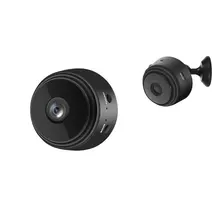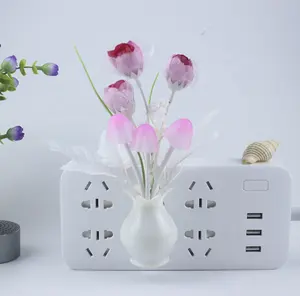
Nhà máy thiết kế ngoài trời xu hướng mới cảm biến chuyển động dẫn ánh sáng pin COB thông minh an ninh máy ảnh Analog giám sát cảm biến ánh sáng


Ecotter GN-11D-LS nền đàn áp Laser sensororeflective quang điện switchcolor-independentsmall ánh sáng tại chỗ


IP66 có thể liên kết Tri bằng chứng ánh sáng IK10 bảo vệ 20W 30W 36W 50W LED không thấm nước cảm biến chuyển động ánh sáng tùy chọn khẩn cấp


2023 pin mới cảm biến chuyển động đèn hồng ngoại phát hiện treo tường trong nhà dán bầu không khí ánh sáng ban đêm


Đèn Ngủ LED Cảm Biến Cắm Tường Đèn Ngủ Tự Động Làm Mờ Màu Trắng Ấm Áp Cho Phòng Em Bé
Sẵn sàng vận chuyển


























 浙公网安备 33010002000092号
浙公网安备 33010002000092号 浙B2-20120091-4
浙B2-20120091-4